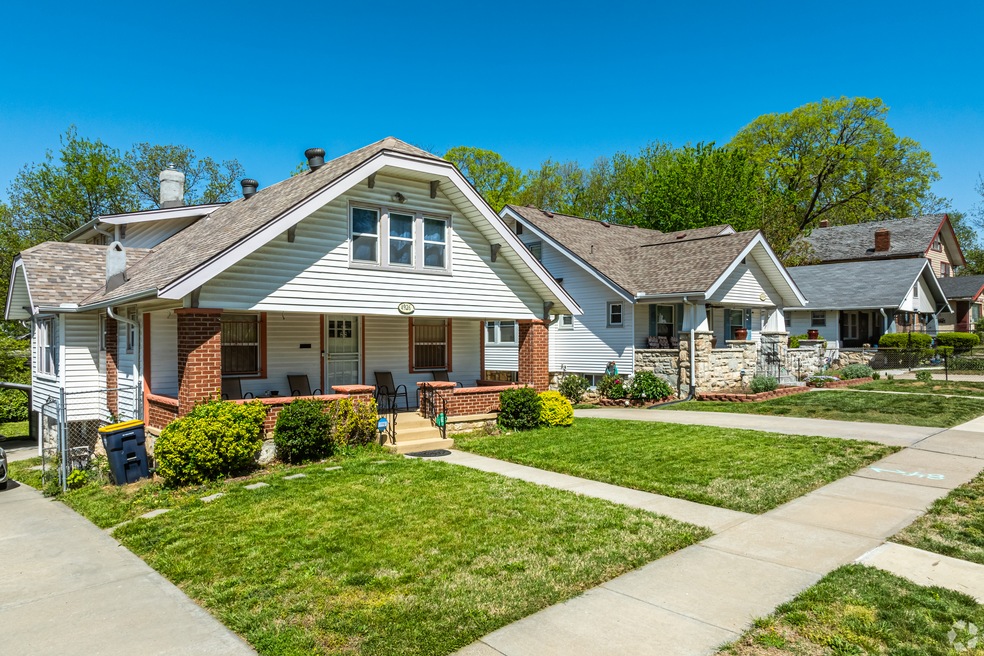Contracts to buy existing single-family homes and condos fell 5.5% in December but it’s unclear whether that represents a real downward trend or is merely the winter blues.
Pending home sales declined in the last month of 2024 in all four U.S. regions from November, breaking a streak of four consecutive monthly increases, the National Association of Realtors said on Thursday. Contracts were also down in every region from one year earlier. The news followed NAR’s more upbeat report last week about existing home sales showing they grew by 2.2% in December.
“One step back is not welcome news, but it is not entirely surprising,” said NAR Chief Economist Lawrence Yun. “Economic data never moves in a straight line.”
Pending sales are considered a preview of how many sales will actually close in a given month since the actual sales typically occur one to two months after being under contract.
Yun noted in his report last week about existing sales that real estate activity commonly decreases during the winter months.
Mortgage applications fell 2% last week, according to the Mortgage Bankers Association, citing rates for 30-year mortgages that continue to hover around 7%.
“New and existing-home sales ended 2024 on a strong note, and if mortgage rates continue to stabilize and for-sale inventory loosens, we expect a gradual pick up in purchase activity in the coming months,” said Joel Kan, MBA’s vice president and deputy chief economist.
Fannie Mae said in its January economic commentary that it revised its projections for home sales in 2025 downward based on the recent slow market. But the company doesn’t expect existing home sales to drop below 4 million on an annualized basis. The NAR reported a seasonally adjusted annual rate of 4.24 million sales in December.
Recent sales numbers have been buoyed by buyers who pay with cash or sellers driven by important life events; these deals are less affected by persistent high mortgage rates, Fannie said.
The NAR said in its existing sales report last week that the number of days a home typically is on the market reached 35 days in December, up from 32 days in November and 29 days a year earlier. Fannie Mae said the amount of time it takes to sell a home is driving the recent rise in the number of homes for sale, rather than a notable increase in people listing their property.
The Western and Northeastern U.S. saw the largest drops in pending home sales in December, falling 10.3% and 8.1%, respectively, the NAR said. The Midwest fell 4.9% and the South, 2.7%. Since a year ago, sales have fallen most in the Midwest, with a 6.9% decline.
“Contract activity fell more sharply in the high-priced regions of the Northeast and West, where elevated mortgage rates have appreciably cut affordability,” said Yun. “Job gains tend to have greater impact in more affordable regions. It is unclear if heavier-than-usual winter precipitation impacted the timing of purchases.”


